how to upload a square video to squarespace

Are yous looking at streamlining your business organisation or organization by adding an online course? Perchance you'd like to serve more than people at a more accessible price point than a 1-to-i experience allows? Or peradventure you lot'd like to supplement your personalized services with a client library? These are all good reasons to start thinking about whether it'southward time to add together course content to your concern model!
The most mutual question our Squarespace pattern squad has been asked recently is, "How exercise I starting teaching online courses? And it makes sense. More than and more people are realizing the importance of diversifying their businesses, are wanting to take their 1-to-one consulting model to many (and thus making their cognition more accessible), and are looking for means to pivot in-person businesses to online models. Courses are the logical first step for many people.
Squarespace users oft hope that they can truly utilize their site equally an all in one tool, simply it's non a course platform, despite the member areas introduced in 2021. This may be an option for brusque video series, and that sort of content, but it does not provide progression, completion tracking and other traditional "grade" elements that you may want. (Read more than about Member Areas hither.)
Which leads most Squarespace users to the determination that they likely demand to utilize third-party tools to truly create a full-blown form experience for their customers and clients. Nosotros're going to outline the steps that go into doing this correct—the outset fourth dimension!
If you have a Squarespace website, what are the options for teaching online courses?
Stride one: The start thing to ask yourself is, "Am I actually offering an online course I need to add to my Squarespace website, or do I simply want to practise live education, either one to one, or in a workshop class?"
If, for example, you're a canis familiaris trainer, and you offer in-person classes and desire to move to online classes, you probably want a alive solution so you tin view client videos along with them being able to view yours. The setup for a state of affairs similar this is quite different from what nosotros're talking most for about people. In this case, you'd want a booking tool (I use and recommend Acuity but I too actually like Book Similar a Boss, despite its goofy name) and connect it to Zoom, a video conferencing tool. This same setup can be used for taking your 1-to-1 client work online. If you accept a paid Zoom account (which y'all'll need for multi-participant classes, you can automate the entire process, including payment.) Elementary, right?
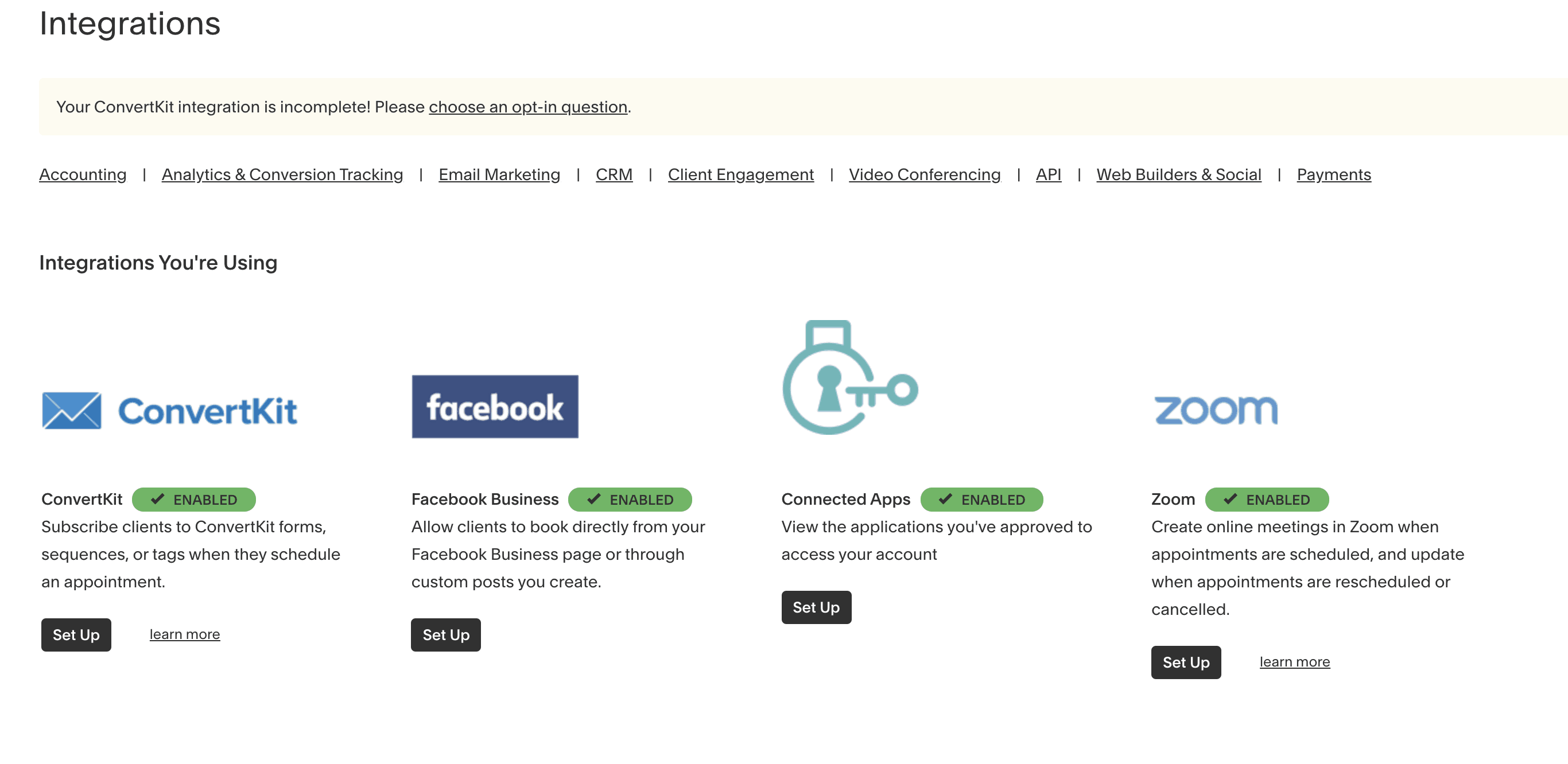
Step two: If you lot're teaching a formal online form, you'll desire to select an LMS (learning management arrangement) to host your grade. (You may know this as a course "plugin," though the pregnant is technically different.)
Why practise you want a proper LMS versus just a locked folio in Squarespace? Because this creates a truthful learning experience for your students. They tin see their progress, return from where they left off, and generally take an experience that feels professional person and polished. Yeah, you can embed videos into your site and lock a page with a countersign, but information technology just doesn't feel as serious as I would like to see from our clients, so I don't recommend that approach unless you lot're simply providing a free lesson (and even in that case, I don't see why you wouldn't utilise the free tier of Thinkific instead—fifty-fifty free classes should feel like a learning feel).
Instead of a grade plugin like you'd utilise on WordPress, in Squarespace, yous'll be using a standalone third party tool to manage your learners and textile. Yous'll need to call back about your ongoing budget for this, which tin be done "on the inexpensive" using a costless selection or can go quite costly, depending on the features you need (versus want).
Here are my quick reviews of the online course options available to Squarespace users:
Teachable . This is relatively easy to set up upwardly but I HATE their fee structure. As of writing this article, their cheapest, $39/calendar month tier charges a 5% fee on top of the standard credit carte du jour fees (2.9%), meaning you lot're losing about 8% off of each transaction. With that said, information technology's incredibly popular, and if y'all have plans to grow courses to existence a substantial office of your revenue and are looking at a higher tier, they're competitive with the other tools I'll talk about. One thing that seems to be missing from their platform is embedded checkout, which enables buying right on your Squarespace website. Awhile back, they simplified their checkout and so information technology's a single step at present, and I really appreciate that on the student end. Learn most Teachable here.
Thinkific. Thinkific is my top selection for a no-toll beta examination of an online course. They take a limited-feature free tier that doesn't take fees beyond your standard PayPal and Stripe fees. So, you tin can test out selling upwards to 3 courses without any monthly fees. You won't be able to have a custom domain and you won't exist able to manually enroll students, but y'all'll be able to come across if courses are for you. If you're successful, you'll want to upgrade to one of the paid tiers and that'due south where Thinkific gets tricky. It's rather disruptive what'due south bachelor on what tier and it can feel like you're being nickel and dimed. I'd like to see them streamline what's available and then it'southward clearer. With all that said, the $99/mo Growth program is extremely robust and serves big course creators well. My big nitpick with them is the enrollment role, which takes two steps and drives me basics equally a student. They make it relatively easy to general enrollment widgets besides, which is a small matter, merely Squarespace users will probable be using those a lot, and then information technology'south of import. Learn virtually Thinkific hither.
Podia. I think Podia and Thinkific are quite comparable, if pretty different in terms of their approach. Podia is all about simplicity (I like to say they're the Squarespace of class tools). Podia likely has the simplest checkout process of whatsoever of the course tools I've tried, and has a very easy form architect that I feel comfortable recommending to tech-nervous clients. (I tin't say the aforementioned for Thinkific, which is more than complex.) At that place are just two tiers of pricing, and the upper ane includes memberships and an affiliate plan. If you're wanting to launch your course on the cheap, though, you may not be thrilled with the $39/mo price tag. If a customer is okay with a paid solution and wants to supplement their work with courses merely not make information technology be their sole concern, Podia is commonly what I recommend. Update Apr 2020—Podia just launched webinars as part of their service at both pricing tiers and you can sell coaching sessions with Podia now also. Learn about Podia hither.
Kajabi. I include this because a lot of people who sell a lot of courses use this all in one memberships and marketing suite to sell and distribute their courses. I think it'due south expensive for what you get and redundant if you already have a overnice Squarespace website and an email arrangement you lot relish. If you were starting from scratch, the all-in-one approach could be appealing, but that's non where the majority of our clients are. (In that location are some big names in the online marketing globe that utilize information technology, and they have a very generous ongoing affiliate plan, and I definitely recollect that's function of why that platform is successful, if you lot know what I mean.) Learn virtually Kajabi here.
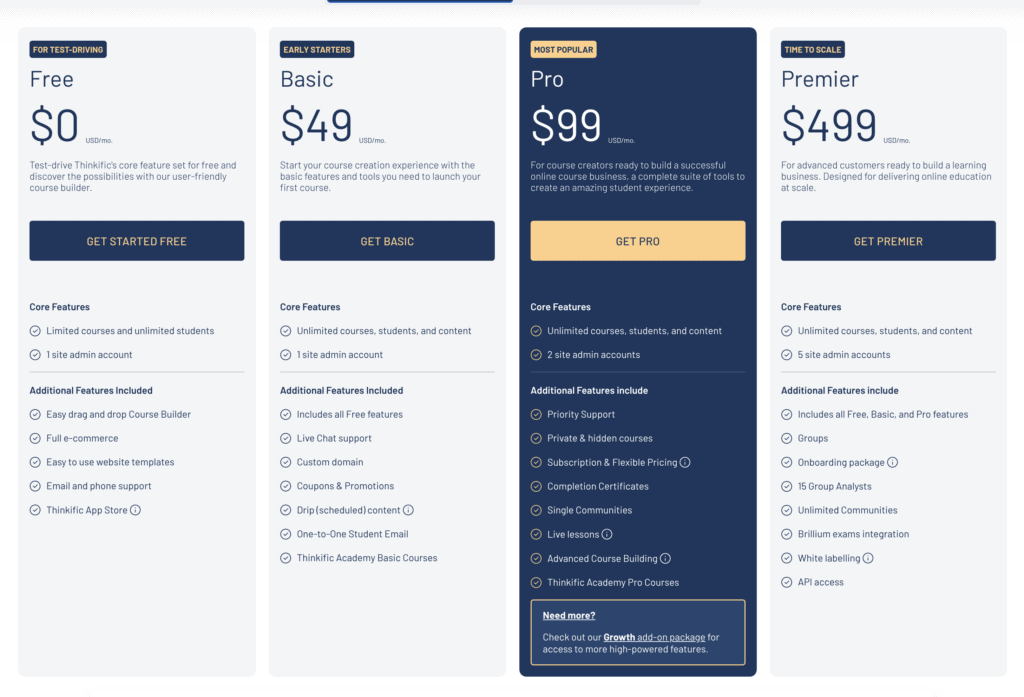
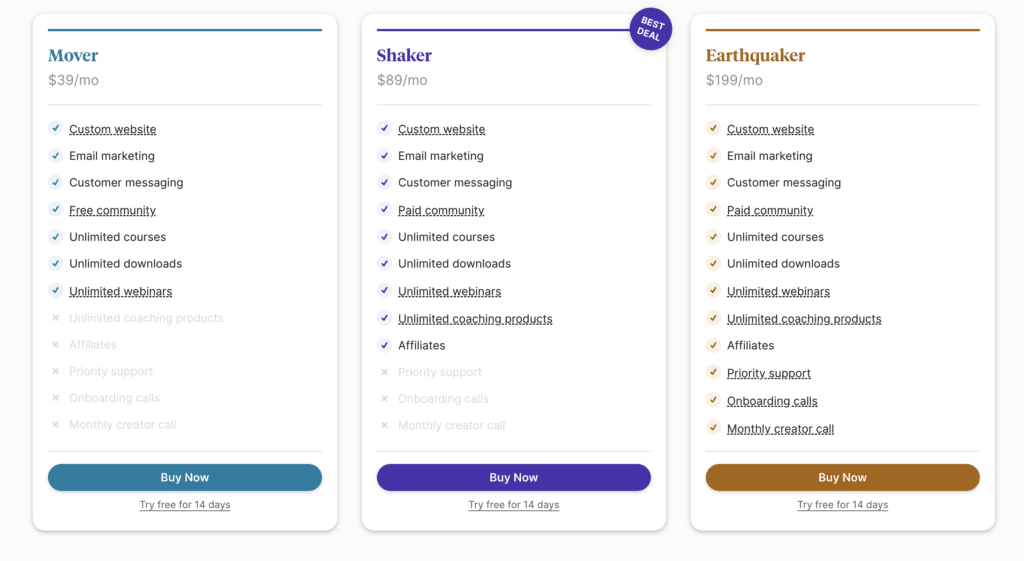
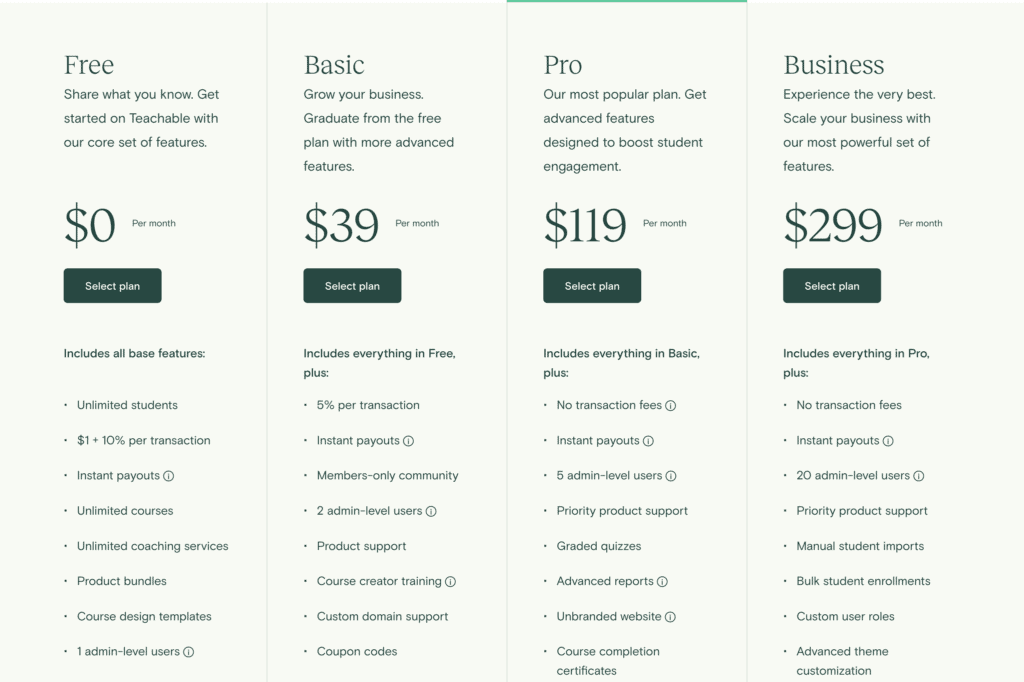
Step 3: Create your online course materials, this ways text, videos, downloads—yous name information technology!
Next, you'll need to get-go the fun (I hope!) stuff! And that's pulling together all your course materials and building your course! What you desire to exercise offset is outline your unabridged course, step by stride, from introduction (which is likely a free teaser) to completion. You'll want to write down every slice of media yous'll need to create. Basically, you're creating the framework for your course. Y'all don't want to forget all your policies either, such equally refund and privacy policies!
And then, become cracking creating those materials! Here are a few resource that will likely come in handy:
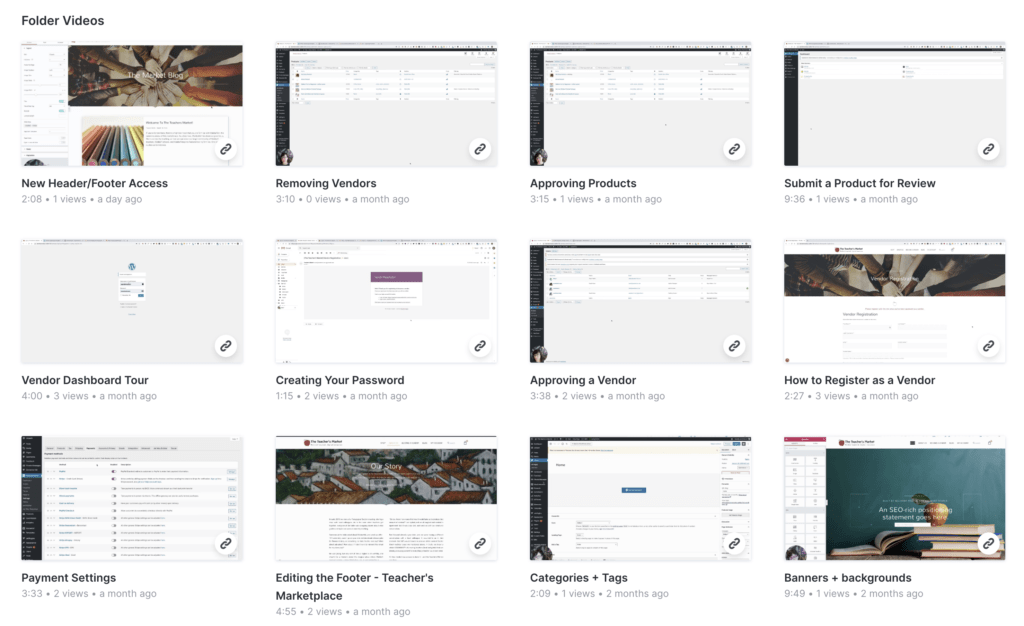
- Loom – This is our favorite walkthrough tool. It's fantastic for recording your screen and walking people through complex technical information. Nosotros employ it daily in our studio for internal communications as well as with clients. Loom rocks!
- Google Slides – Some other easily attainable tool. If you're planning on including a presentation, this is an like shooting fish in a barrel tool to practice so with. Plus, there are lots of inexpensive templates for auction, should you detest doing that kind of design.
- Cloud App – This is neat for marking up screenshots and making quick animated gifs.
- Canva – Fifty-fifty if PhotoShop terrifies you, you can create nice looking workbooks, checklists and more with Canva, a web-based design tool for DIYers. While I always recommend finding a trusted print designer (I have a few I use), budgets don't always allow for that, and then Canva is a prissy tool for hands creating this type of thing when y'all don't take the skills and budget. A lot of designers I know at present also create Canva templates for their clients! I besides admire their recording features over the presentations, which can be a huge time saver. Canva is doing a lot of crawly stuff these days!
- Creative Market place – Terrible at designing slides? Creative Market sellers have all kinds of nice designs y'all can buy.
- Blue Mic – You need a practiced audio setup, sorry not lamentable! Seriously, I cannot tell you how many courses I've taken with terrible audio and information technology's simply infuriating. I use and love Blue brand mics and will recommend them forever—I'chiliad still using mine I bought over a decade ago! No lie, this should be the offset investment you make in your course!
Footstep four: Add together all your online course content to your called LMS and test, examination, test!
Now that yous've created all your content, it'due south time to add it all to your LMS software.
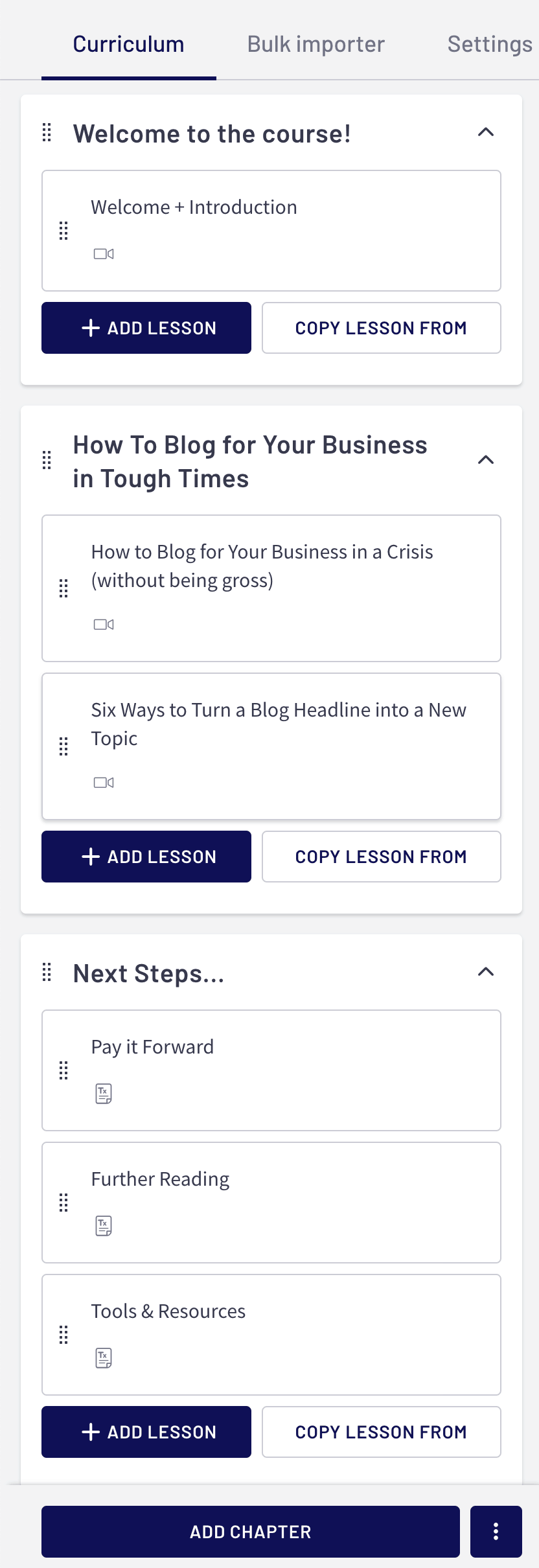
Once you've done that, enroll in your course as a student. Move through the class from enrollment (create a 100% off coupon so you're non charged) and annotation whatever oddities, any place where you run across the flow feeling disrupted. Don't be afraid to move the units around and tweak. You may encounter that some content isn't needed, or yous may place holes in your content where you lot need to beef up the materials. Be hard on yourself in terms of content and how the pupil volition learn (don't worry too much nearly looks—that'south something y'all can adjust down the line). Ask a couple of trusted friends to do the same and fifty-fifty provide an early on review! People are exceedingly generous nigh all of this, just exist sure to repay the favor for them.
Step five: Theme your online form to match the look of your Squarespace website & connect your domain.
Depending on the LMS y'all chose in step two, and your pricing tier, your ability to customize the look of your class software volition vary. Be sure to customize the colors and fonts to match your website and apply photos and other imagery that suit your brand as well.
Now, assuming yous're paying for your LMS, you'll also want to add what'southward called a subdomain to your course equally well. That means that your courses will live at a website like courses[dot]mywebsite[dot]com. This mode your course site volition look very professional and polished. Withal, if you're but offering freebies for at present and trying things out, I have no issue with your using a url similar courses[dot]thinkific[dot]com if you lot're trying to exercise this on a budget. Just know that when yous upgrade to a paid tier on Thinkific, you should add that custom domain. All legitimate registrars should let yous to add together a subdomain. If yours doesn't, abscond! We use and recommend Hover to our clients—they make it dead simple to add a subdomain. You could as well by a custom domain merely for your courses such as myname[dot]university, if you want to exercise something a bit different.
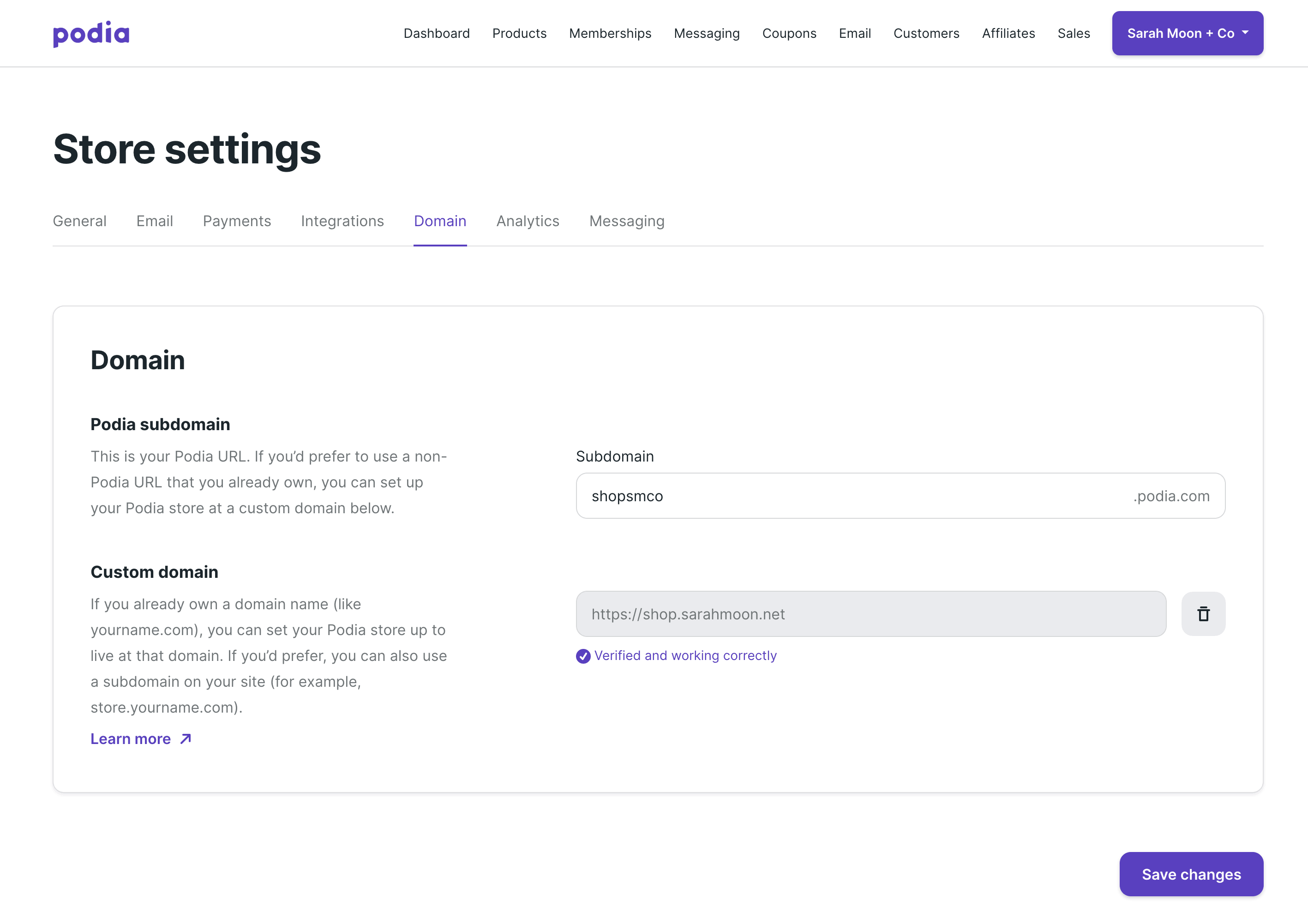
Step six: Connect payment gateways, your email marketing tool and other third-party applications to your online course software.
This footstep volition be a scrap dissimilar for everyone, merely yous will likely have several 3rd part tools to connect to your learning software. For me, my biggie is ConvertKit, my email marketing tool. I simply do two things to marketplace SM+Co, and that is blogging and my weekly newsletter, so the newsletter is always the offset thing I hook upward to whatever software I use. You may also be using some tools you have to connect via Zapier, and that's a chip of a process too. It'due south highly variable. What everyone will need to do is connect a payment gateway, namely Stripe and/or PayPal. I sort of hate PayPal for a bunch of reasons, bu the reality is that nearly people do use it, then I recommend connecting both Stripe (for credit cards) and PayPal and then people take a choice. Always try to run across your audience where they're at when reasonable.
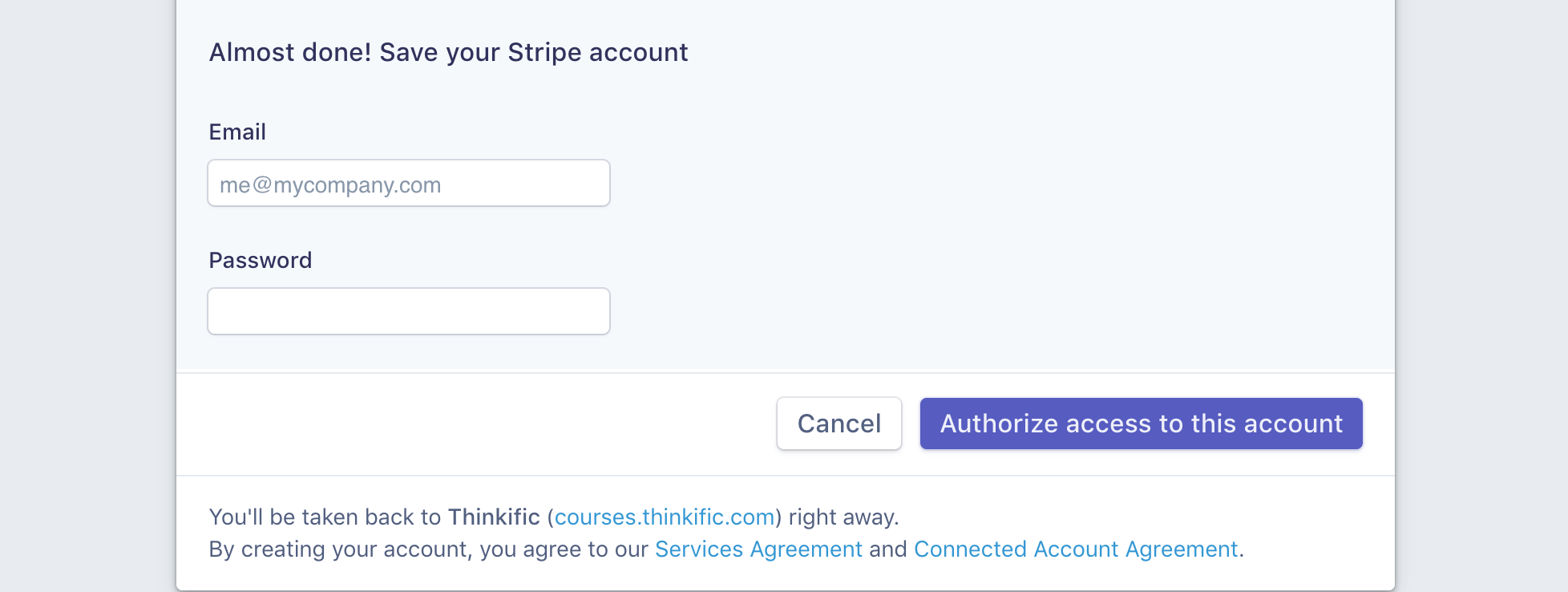
This is the most technically fussy office of launching a course, so, again, move through information technology all as a student, purchase your own course, and make sure zippo is odd or off. It's meliorate to prepare things now than when a student is frustrated because they've paid for something and not received access!
Pace 7: Integrate your online course with your Squarespace site.
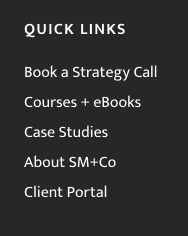
Depending on the platform you lot're using, this setup will exist different. Simply, basically, you want to do a few things:
- Add together a course login link to your header
- Add a grade login link to your footer
- Consider a dropdown or footer menu with links to direct admission to the course(s) you're selling
- If your online course software allows it, consider adding embedded checkout to your Squarespace site for a truly integrated feel (Podia has a nifty option for this that'southward and so piece of cake to use)
- Retrieve nearly where y'all can swap out calls to activeness on your Squarespace blog posts (you're e'er including those, right) to bulldoze people to your online grade
- Consider offering a disbelieve code for your course to your newsletter subscribers who sign up on your website—this tin can exist done on your thank you page.
Step eight: Create a sales page for your course on your Squarespace website.
Ewwww? Sales page?! Noooo!
That'due south basically the response I become whenever I mention that they need a sales page. I get information technology, no 1 like to write them, they feel creepy and sleazy and just bad-mannered if you're a business that prides itself on service and integrity. However, it can be done—promise! Here's the bones framework I use:
- Client's Problem – Use their language – I like framing this as a question
- Your Solution – How yous solve the problem
- How it Works – What'due south Involved (for courses this is basically what you'll acquire)
- Social Proof/Brownie – Testimonials, your bio, something that proves you can offer what y'all're offering
- Go Started – Call to Action
- If you're using pricing tiers, consider using an easy to empathise pricing table, like the free plugin Ghost offers
If you're using Squarespace 7.1 or the Brine family of templates in Squarespace vii.0, this is an ideal use of sections so the potential customer can easily scrolling through the story you're telling and eventually take action. Be engaging and "ungross" and you lot'll get there!

Step nine: Market place your class. (That'south what your Squarespace blog and your newsletter are for!)

Now information technology's fourth dimension to create a mini content marketing program to support your class! I recommend creating an initial postal service like this, a "definitive guide" or "how to" post. People are frequently nervous about "giving abroad" so much information, however, that's a mindset that won't serve you lot in the least. What you're doing by creating high quality guides on topics your audience wants to know about, you're edifice your own credibility and earning trust. It's that unproblematic.
Once you've created your anchor post, build on that with narrower and narrower topics, all relating to your course. Be sure to link to your grade in the mail service equally your telephone call to action, but don't be a gross sales-y weirdo. Be informative, engaging and authentic.
If you lot're at this betoken, I hope yous've worked on too building your email newsletter. Fifty-fifty if y'all only accept twelve people on your list, that'south something! Consider creating a lead magnet (a guide book or checklist) to build your list besides.
Step ten: Evaluate and adjust your course.
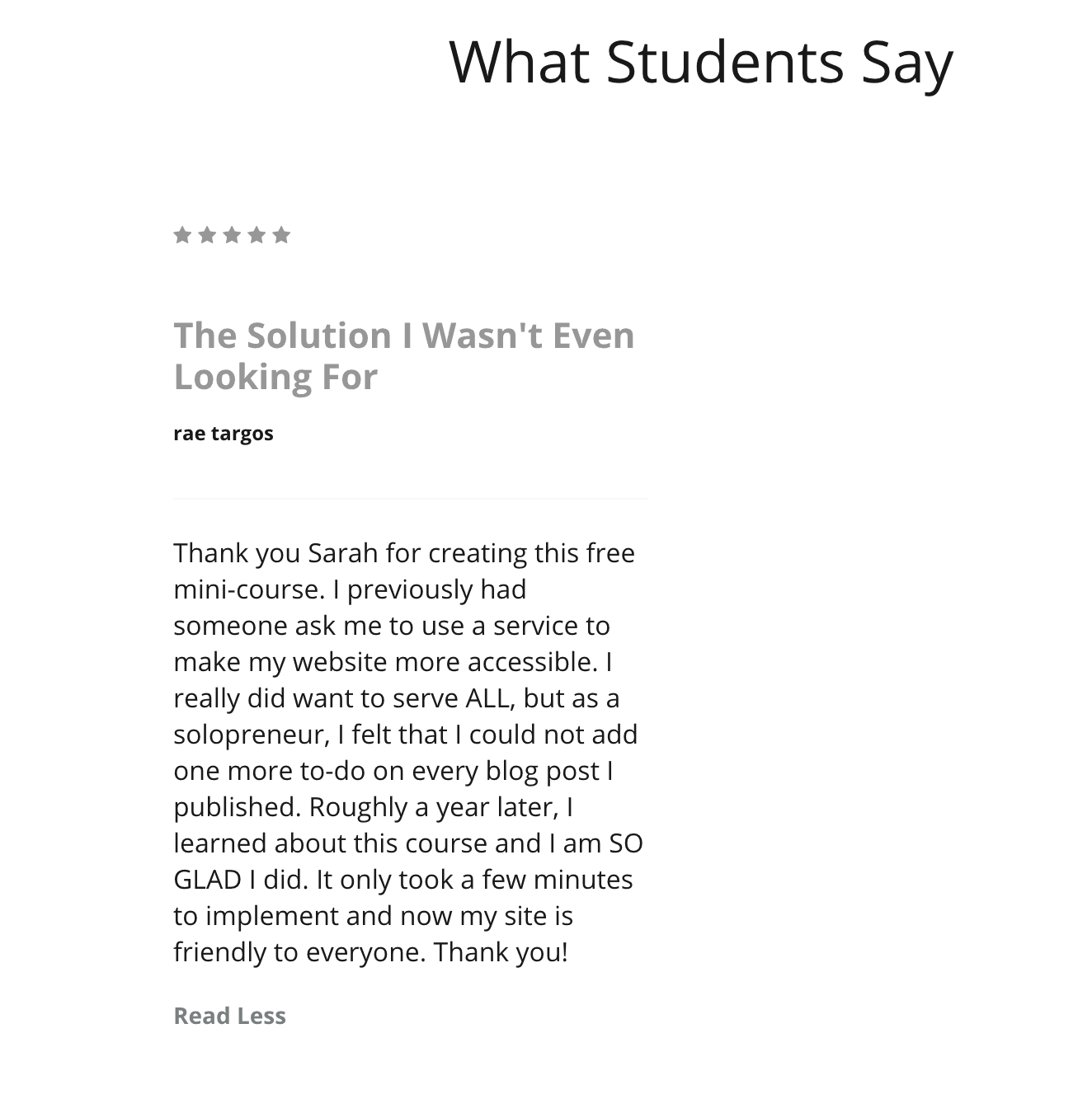
Once you start making sales, reach out to your customers and ask them if it met their expectations and how you can ameliorate. Yes, literally ask your customers. If you're feeling brave, also inquire them to review your course. Make sure you update videos and materials as new information becomes available and notify your past students and then they can revisit the updated material. Courses, similar all things in business, are not an if you build it, they volition come scenario. It's a living, dynamic attempt that you have the nurture.
I realize that this is a lot—and that's my point. Despite what many business "gurus" and online business "coaches" may say, creating a course isn't just "piece of cake money," it'due south a serious business organisation endeavor that at a minimum entails a lot of human labor. Just producing the materials takes time, testing and effort. Only, if you're committed, you tin add a course to your Squarespace website relatively painless—information technology's just upwardly to you marketing it and go far thrive!
Source: https://sarahmoon.net/squarepace-online-course-plugin-guide/
0 Response to "how to upload a square video to squarespace"
Post a Comment